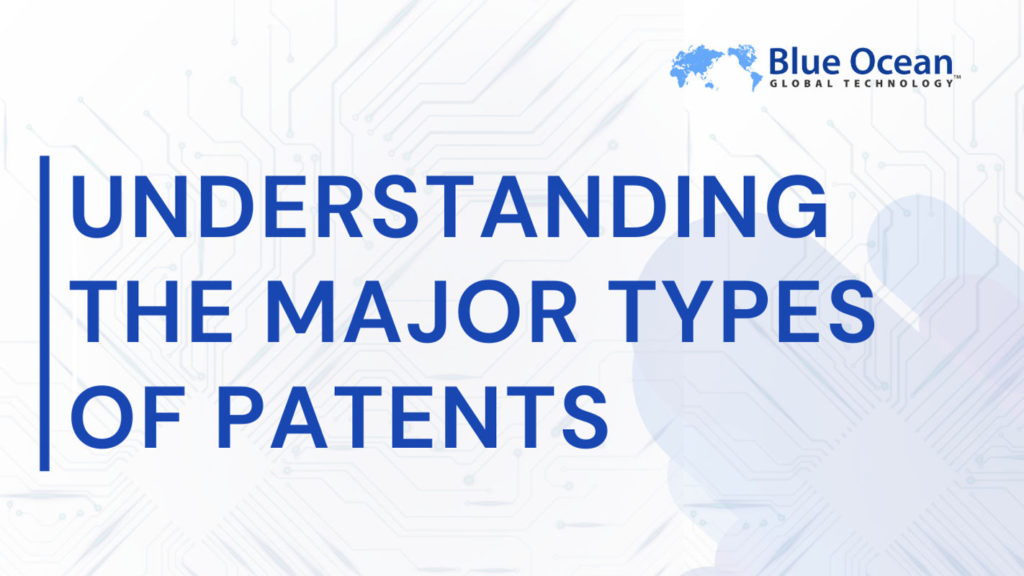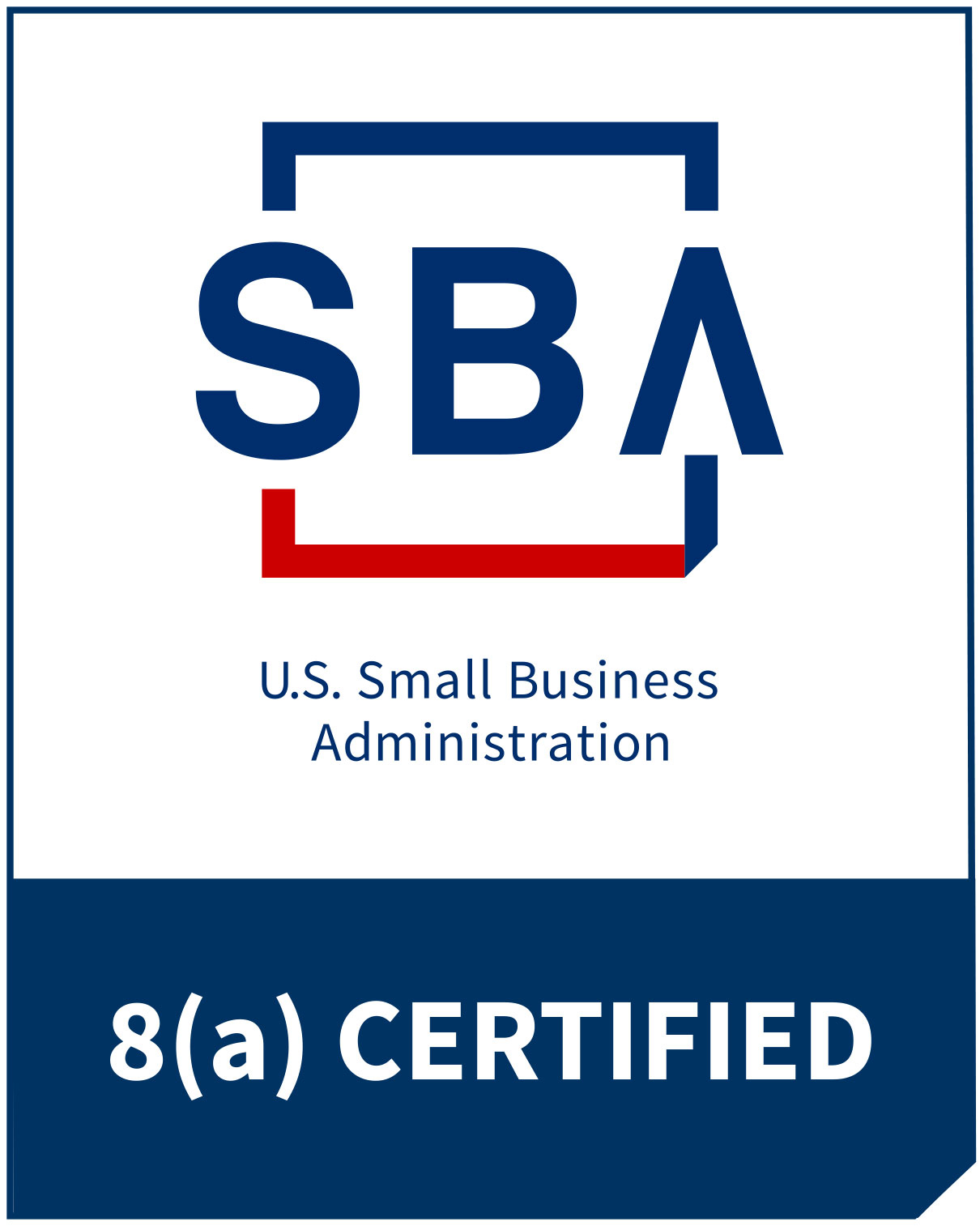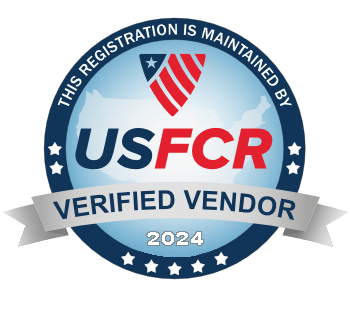Being an IP owner, you must understand the rights and processes of ownership in order to protect your intellectual property. In today’s world, property ownership has become very competitive, as everyone wants to own a space of their own.
Patents are a fundamental aspect of intellectual property protection. They play a vital role in fostering innovation and providing businesses with the leverage they need to thrive. In other words, securing them allows owners to protect their property and prevent others from illegally utilizing their inventions.
As we delve deeper into this article, we will understand more about patents, their types, and their importance in business.
What Is a Patent?
A patent is a legal document granted to a property owner, giving them exclusive rights to an invention. They are significant as they allow inventors to protect their IP from others who may want to use it illegally.

They benefit inventors by providing legal protection for their inventions. Patent law benefits society and the community by providing public access to technical information about these inventions.
Other benefits that patent holders enjoy are commercializing their inventions, preventing competitors from stealing them and licensing them for profit. By safeguarding their innovations, businesses can enhance their competitive position and potentially gain a dominant market share.
Types of Patents
As a holder, it is essential to understand the types of patents to protect and safeguard your invention accordingly. Let’s look at the three main types of and how they work: utility, design, and plant patents.

-
Utility Patents
Utility patents are the most common type of patent. They are long, technical documents granted to new inventions that teach how to use the product, machines, or processes. They are also granted to existing inventions seeking improvements.
They prevent and protect inventions from being misused by companies or individuals without authority to access them. For instance, an automotive manufacturer may seek it while creating an innovative engine to safeguard the invention.
-
Design Patents
A design patent protects only the ornamental aspect of an item, not its functionality. For instance, a shoe company would seek it to impress its target customers since the product appearance influences preference.
Another example is a smartphone manufacturer. The manufacturer may secure a design type for the unique shape and aesthetic of their devices, ensuring that competitors cannot copy their design. They offer protection for up to 15 years, allowing businesses to maintain a distinct market presence.
-
Plant Patents
Plant patents, as the name suggests, are granted for the discovery of new plant varieties. Their application is protecting botanically derived inventions such as genetically modified crops. They aim at protecting agricultural and horticultural company investments. This is achieved by preventing competitors from reproducing or selling their patented plant varieties.
In return, these companies can reinvest and produce new plant varieties with improved nutritional value, higher yields, and pest resistance.
The Strategic Importance of Patents in Business
Patents are powerful tools that grant companies the power and authority to safeguard their property from outside investors. They also allow businesses to engage in partnerships and other negotiations in pursuit of growth and development. Once a business or company secures a patent, it can block competitors from entering the market. Furthermore, it can gain dominance to invest and create a brand of its own.

Case Studies Demonstrating Successful Patent Strategies
Fractus’s Tech Breakthrough:
The company specializes in manufacturing miniature, off-the-shelf antennas, short-range wireless, and connected internet devices. Through innovations, it has a competitive edge in the telecommunication industry, and its patents have enabled it to partner with major tech companies.
Amazon’s One-Click:
A few years back, Amazon came up with an idea where customers could use just a single click for billing, shipping, and payment processes. By acquiring this patent, Amazon gained popularity, and it moved from being just a virtual bookstore to an online marketplace. It became the place where people flocked to make orders and purchases without much struggle.
Pfizer and Lipitor:
Pfizer is a pharmaceutical drug company. Sometime back, they gave up a patent on their most-selling brand drug, Lipitor. As the expiry approached, it came up with a strategy of direct-to-consumer marketing and pricing strategies to keep off competitors. This move allowed them to retain their relevance in the market.
Patent Laws and Regulations
Patents protect inventions from being used, made, or sold by others without the owners’ consent. Patent laws and regulations govern their filing, granting, and enforcement. As a holder, it is crucial to understand the laws to protect your businesses whenever a crisis arises.
Recent changes and trends in legislation could impact businesses. For example, the America Invents Act (AIA) of 2011 transitioned from a first-to-invent to a first-to-file system. As a result, businesses are now quick to file their applications to secure positions and rights.
Another example is Alice Corp. v. CLS Bank International, the ruling classified the abstract ideas implemented on computers are not eligible until an inventive concept is included. The move has ensured that tech companies are now more vigilant in demonstrating their innovations beyond generic computer implementation.
The Patent Application Process
The application process follows several steps, as outlined by the United States Patent and Trademark Office (USPTO). As an inventor, it is crucial to understand these steps to make your work easier when it comes to applications.
Below are the steps to follow:
- Get ready to apply, which involves:
- Determine the type of intellectual property you need
- Determine if your property is patentable
- Conduct a search to see whether the property has been publicly disclosed to another party. Contact the Patent and Trademark Resource Center (PTRC) to help with the search.
- Determine the type of patent you require
- Find out the cost of the patent
- Fill out your application (either a manual or online application)
- Application prosecution
- Receive your patent
- Maintain legal protection for your invention
Protect Your Invention Today- Learn How to File A Patent?
Understand basics of patent infringement and how to safeguard your intellectual property.
Maintaining and Enforcing Patents
Once granted, maintaining a patent involves periodically paying maintenance fees to keep it active. For utility patents, these fees are due 3 1⁄2, 7½, and 11 1⁄2 years after it is granted. If these fees are not paid on time, the patent may lapse and cease to provide protection. However, during the grace, these fees can still be paid, along with a surcharge to keep in force.
Enforcing Patents
Enforcing a patent is crucial to safeguard the exclusive rights it confers. If you believe it has been infringed, the initial step typically involves sending a cease-and-desist letter to the infringer. This letter informs them of the infringement and demands that they stop the infringing activity. If the matter is not resolved through negotiation, litigation may be necessary. In a lawsuit, you would need to prove that the infringement occurred. Furthermore, you may seek remedies such as an injunction to stop further infringement and monetary damages for past infringements. Damages awarded can range from reasonable royalties to potentially triple the amount for willful infringement. In such a scenario, an expert witness can help you navigate enforcing your patents rightly.
Frequently Asked Questions
1. How long does patent protection last?
Different patents have different expiry periods. A utility patent lasts 20 years, a design kind lasts 15 years, and that of a plant lasts 20 years from the filing date.
2. What can and cannot be patented?
Patents are issued for useful and novel inventions, such as manufactured products, machines, and processes. However, laws and regulations prohibit abstract ideas and laws of nature.
3. How does a patent benefit my business strategy?
Patents will give your business full authority to govern your property. They allow you to block your competitors from entering the market and build your own brand.
Learn about Securing Patent Rights.
Stay ahead of competition. Learn all about securing patent rights for your innovation.













Comments are closed.